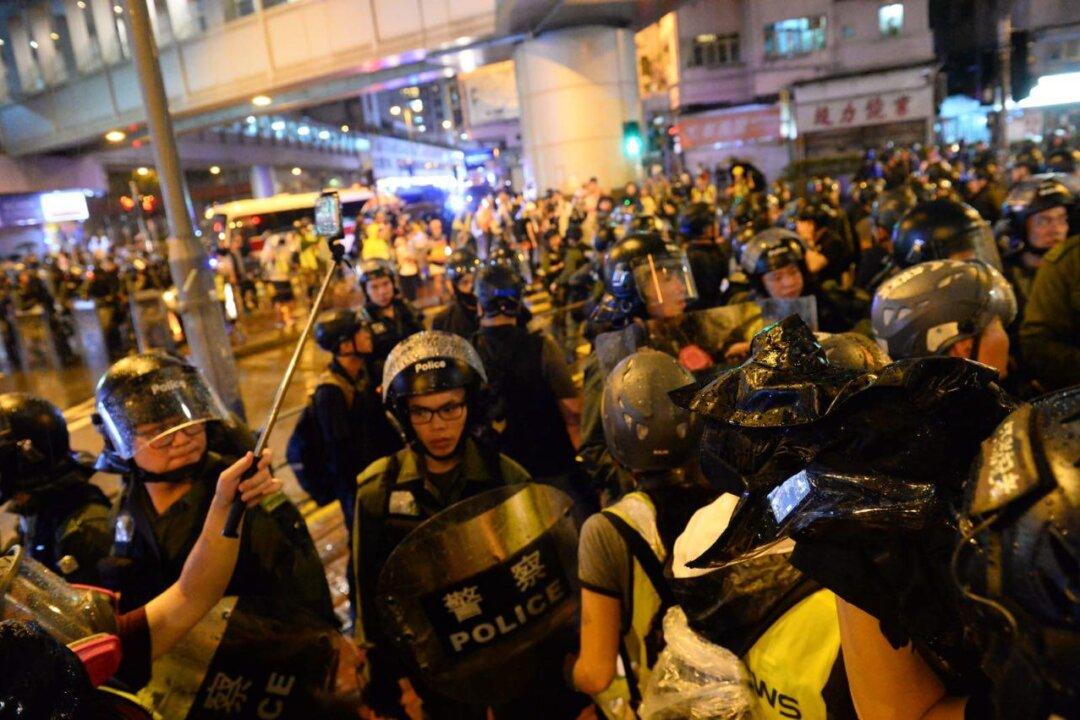Protests in Hong Kong again turned violent following more than a week of peace and no tear gas being fired by police.
After Saturday and Sunday marches ended in two neighborhoods, clashes between police and protesters grew violent during the night.


Protests in Hong Kong again turned violent following more than a week of peace and no tear gas being fired by police.
After Saturday and Sunday marches ended in two neighborhoods, clashes between police and protesters grew violent during the night.